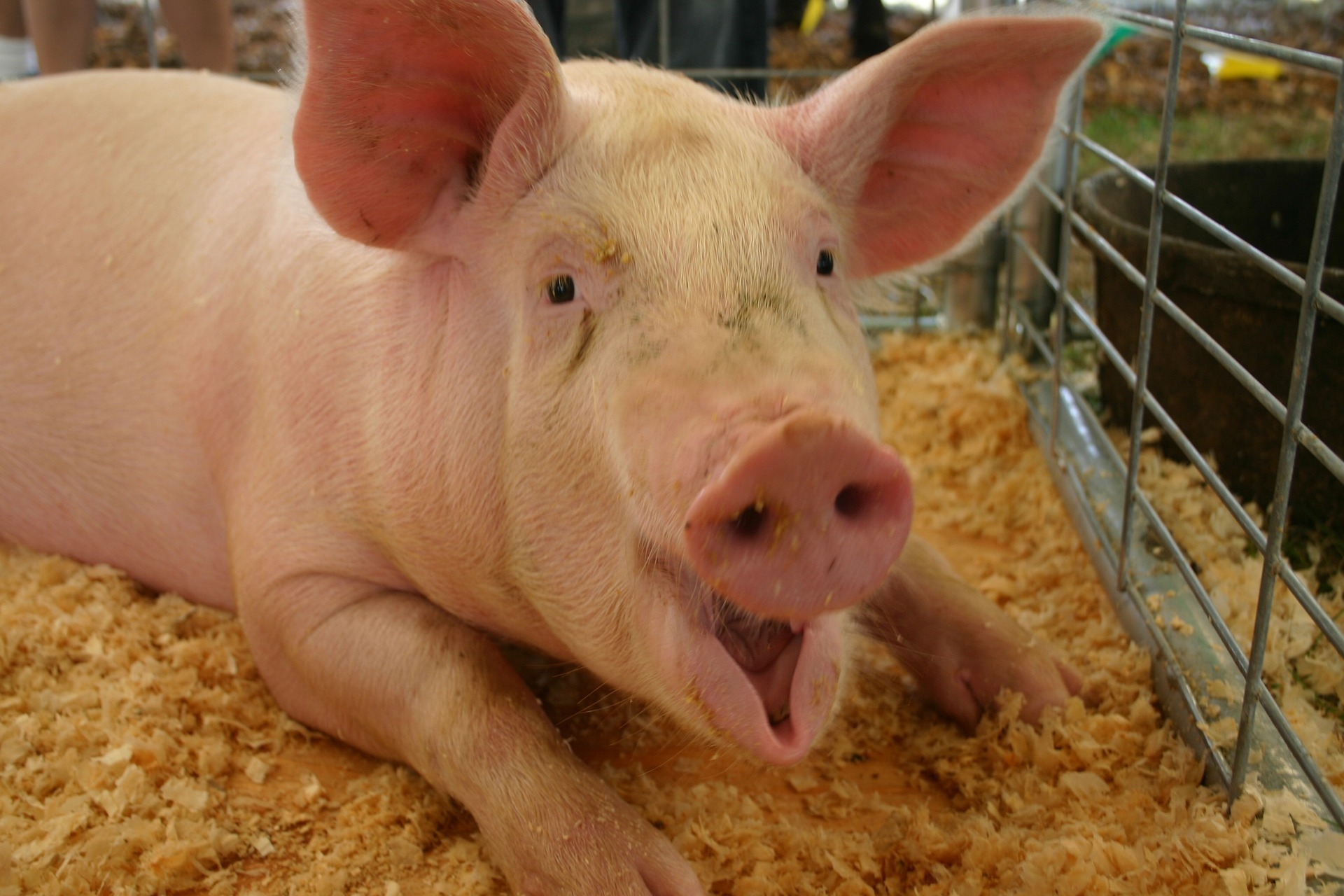News release
From:
Age, empathy, familiarity, domestication and call features enhance human perception of animal emotion expressions
Royal Society Open Science
Similarities in how humans and other species express emotions might allow us to decipher the emotions reflected in vocalisations of other species. Previous research showed that we can decipher the emotional arousal (‘intensity’) of distantly-related species. However, whether this is also the case for emotional valence (positive/negative emotions) remains unknown. Here, we show that people can correctly rate arousal in vocalisations of pigs, horses and goats, and valence in horses, goats, pigs and wild boars. Age, empathy, familiarity with animals, domestication and call features enhanced these scores. These findings suggest the existence of a shared emotional system across mammalian species.
- Disgruntled – People can tell how an animal is feeling, just by listening to them. In this study, people correctly rated negative or positive emotions in horses, goats, pigs and wild boars (55.3% correct). Age, empathy and familiarity with animals enhanced these scores. These findings suggest the existence of a shared emotional system across mammalian species. (Audio available) (Open Science)



 International
International



